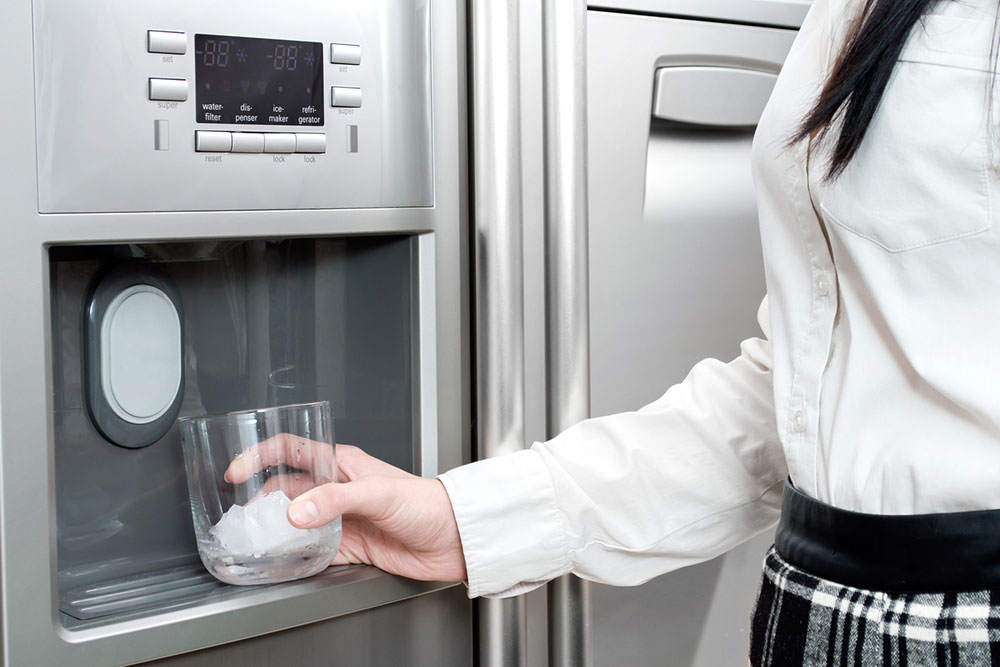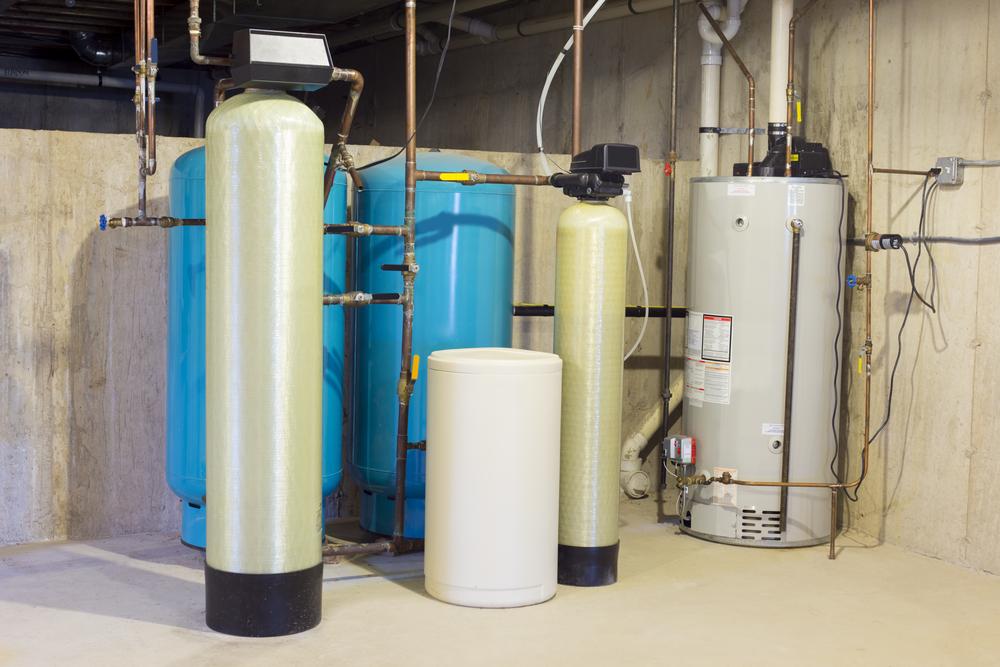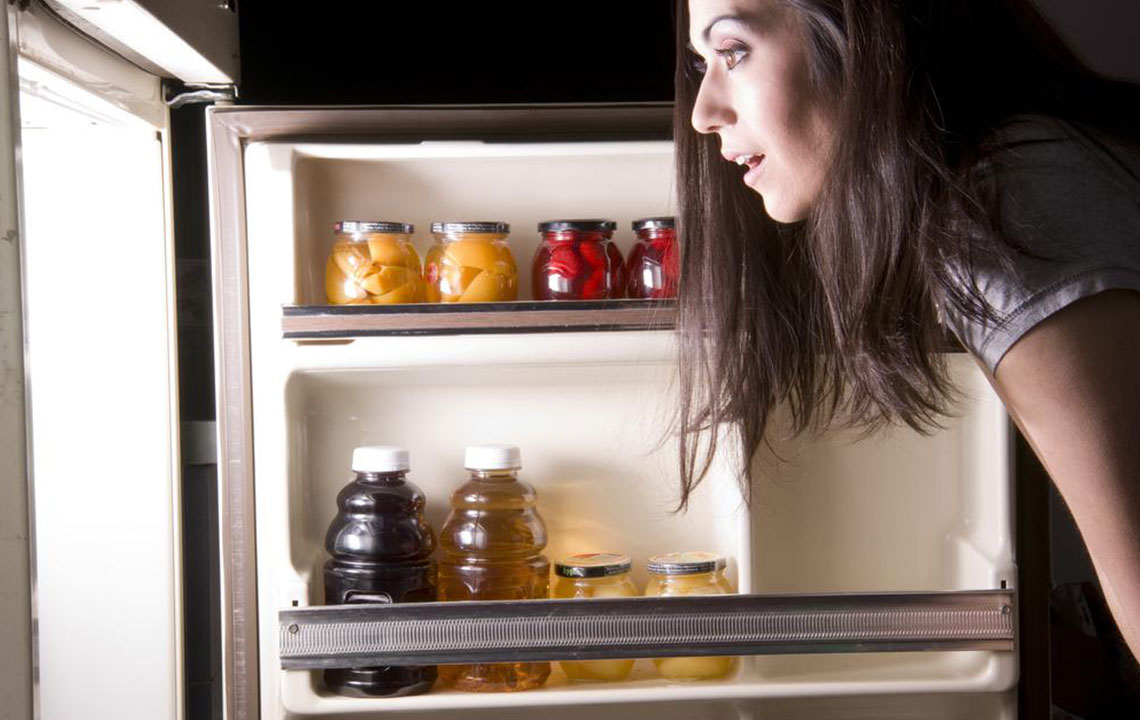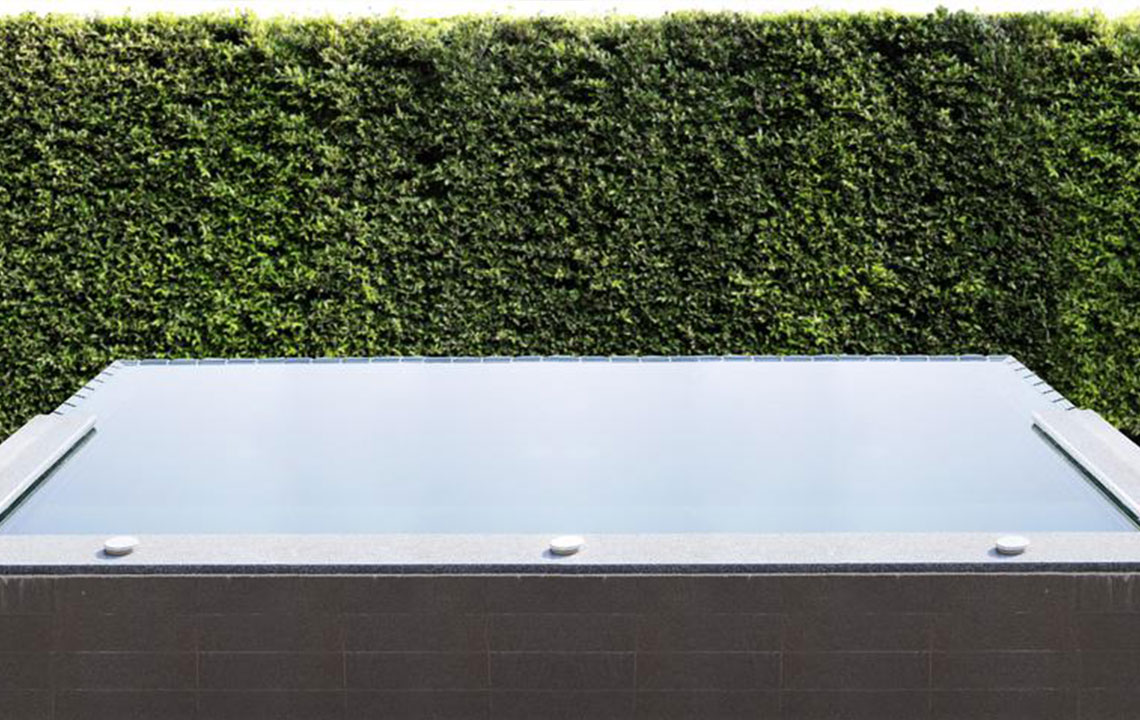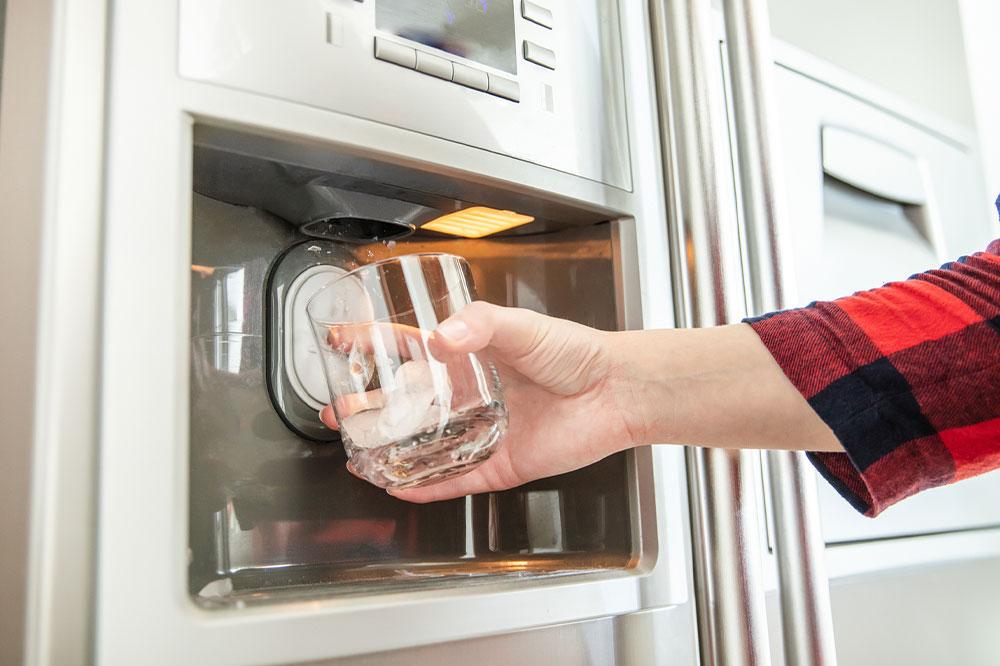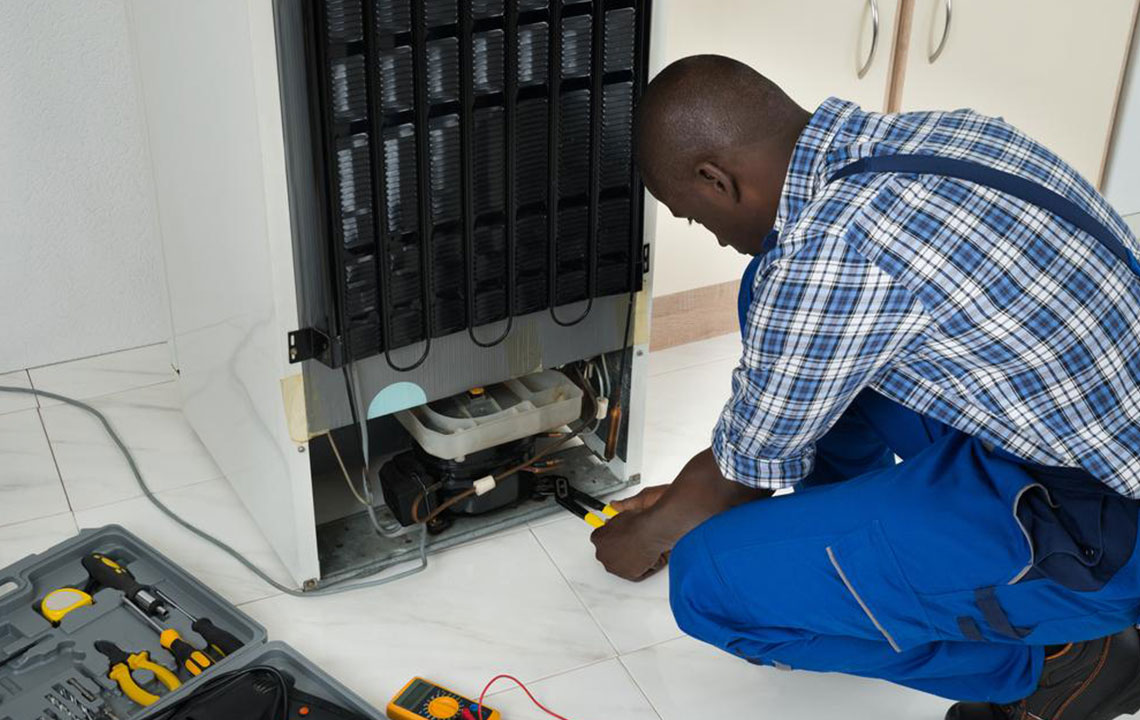Choosing Between Water Filters and Purification Systems: A Complete Guide
Discover the key differences between water filters and purifiers to make informed choices. Learn about their working mechanisms, applications, and suitability based on water quality. Whether for whole-house filtration or drinking water purification, this guide helps you select the right system for safe, clean water in your home.
Sponsored
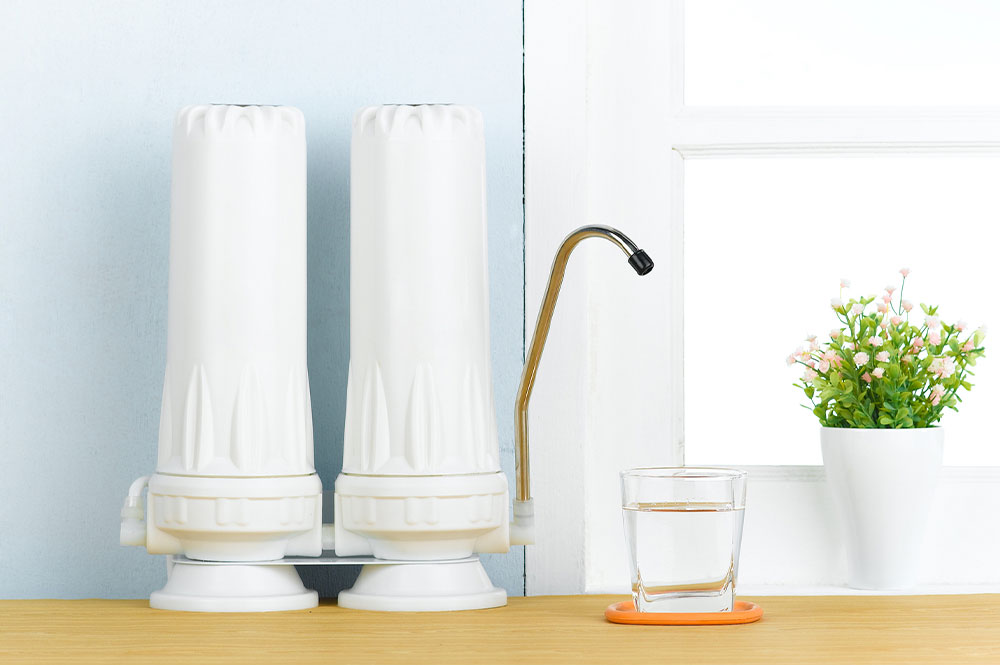
Choosing Between Water Filters and Purifiers: A Complete Guide
With less than 1.2% of the Earth's freshwater being suitable for drinking, ensuring access to clean water is vital. Modern technology offers effective solutions to improve water quality, with water filters and purifiers being key appliances in homes. While often confused, these systems differ in how they treat water. Understanding these differences helps in choosing the right option for your needs.
Differences Between Water Filters and Purifiers
Both systems target removal of contaminants—physical particles, chemicals, and biological agents like bacteria and viruses. However, their mechanisms differ.
Water Filters
Water filters operate through physical filtration, employing various filters to block particles such as sediments, rust, heavy metals, pesticides, chlorine, and scale buildup. They are designed to improve water clarity and texture.
Applications
Effective at removing microscopic physical and biological contaminants, but less so for chemicals.
Can eliminate bacteria and protozoa, but viruses and chemical toxins may pass through.
Enhances water taste and consistency.
Types of Filters
Whole-house filters treat water for the entire residence, installed at the main line to target sediments, minerals, algae, along with carbon or UV stages to target chemicals.
Point-of-use filters are installed at taps or under sinks, often utilizing activated carbon for drinking water.
Shower filters reduce contaminants in hard water areas, protecting skin and hair.
Water Purification Systems
Water purifiers primarily focus on biological contaminants, using advanced methods like distillation, deionization, UV treatment, and reverse osmosis.
Applications
Remove a broad spectrum of impurities, killing bacteria and protozoa with a high efficiency of over 95%.
Methods include boiling, filtration through semi-permeable membranes, and chemical disinfection.
Improve taste, texture, and safety of drinking water.
Types of Purifiers
Reverse osmosis purifiers use multiple membranes to remove contaminants, achieving nearly complete purification.
Distillation purifiers boil water to separate and collect steam, eliminating biological and chemical impurities.
Key Differences: Water Filters vs. Purifiers
Impurity Removal
Filters are best at removing physical particles and some bacteria, but chemical toxins and viruses might not be fully eliminated. In contrast, purifiers excel in removing bacteria, viruses, heavy metals, pesticides, and dissolved solids, providing safer, cleaner water.
Functionality
Filters primarily improve water appearance and remove visible impurities. Purifiers thoroughly clean the water, removing both visible and invisible contaminants.
Purification Effectiveness
Basic filters suit general cleaning, but purifiers utilizing advanced techniques like reverse osmosis and distillation can deliver nearly complete purity, making water suitable for drinking.
Optimal Location for Use
Filters are ideal where water quality is naturally good or already treated. Purifiers are recommended for areas with polluted or heavily contaminated water sources. Proper assessment of local water quality aids in selecting the appropriate system. Many modern devices also feature smart alerts and indicators. Consult experts for guidance before purchasing.

